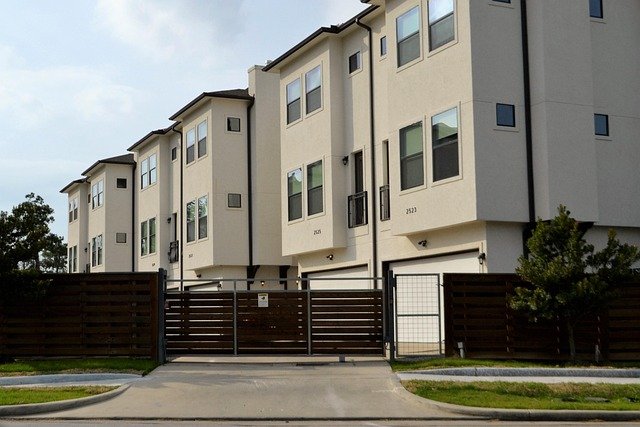Title: Micro-Apartments: The Future of Urban Living?
Introduction: In bustling metropolises worldwide, a new trend is reshaping the real estate landscape: micro-apartments. These compact living spaces, typically under 400 square feet, are gaining traction as urban populations soar and housing affordability becomes increasingly challenging. With 68% of the world's population projected to live in urban areas by 2050, according to the UN, micro-apartments offer a innovative solution to the growing demand for city-center housing.

The appeal of micro-apartments lies in their ability to offer affordable housing options in prime urban locations. For young professionals, students, and those seeking a minimalist lifestyle, these compact spaces provide an opportunity to live in desirable neighborhoods without breaking the bank. As land prices in city centers continue to skyrocket, developers are turning to micro-units as a way to create more housing inventory while maintaining profitability.
Design Innovations in Small Spaces
Architects and designers are rising to the challenge of creating livable, functional spaces within tight constraints. The key to successful micro-apartment design lies in maximizing every square inch through innovative solutions. Transformable furniture, such as murphy beds that convert into desks or dining tables, allows residents to adapt their space throughout the day. Vertical storage solutions, including floor-to-ceiling shelving and overhead compartments, help minimize clutter and create a sense of openness.
Smart home technology is also playing a crucial role in enhancing the micro-living experience. Voice-activated systems can control lighting, temperature, and entertainment, reducing the need for physical switches and remotes. Compact, energy-efficient appliances are being developed specifically for these small spaces, helping to reduce utility costs and environmental impact.
Market Trends and Investment Potential
The micro-apartment market is experiencing significant growth, particularly in major urban centers. In cities like New York, San Francisco, and London, where housing costs are notoriously high, micro-units are becoming an increasingly attractive option for both renters and investors. According to a report by Grand View Research, the global micro-apartment market size is expected to reach $102.8 billion by 2027, growing at a CAGR of 7.0% from 2020 to 2027.
For real estate investors, micro-apartments offer several advantages. The higher density of units per building can lead to increased rental income per square foot compared to traditional apartments. Additionally, the growing demand for affordable urban housing suggests potential for strong occupancy rates and steady cash flow. However, investors should be aware of potential challenges, such as local zoning restrictions and the need for specialized property management to handle the unique aspects of micro-unit communities.
Regulatory Challenges and Zoning Considerations
As the micro-apartment trend gains momentum, cities are grappling with how to regulate these new housing types. Many existing building codes and zoning laws were not designed with micro-units in mind, leading to potential conflicts and the need for regulatory updates. Some cities have embraced the trend, creating specific guidelines for micro-apartment developments. For example, Seattle has implemented a program that allows for smaller minimum unit sizes in certain areas, provided developers meet specific design and livability criteria.
However, not all municipalities are equally welcoming. Concerns about overcrowding, quality of life, and potential impacts on neighborhood character have led some cities to impose restrictions on micro-unit developments. Real estate professionals and investors interested in this market segment must stay informed about local regulations and engage with community stakeholders to navigate potential obstacles.
The Social Implications of Micro-Living
The rise of micro-apartments is not just a real estate trend; it’s a shift in how people perceive and interact with their living spaces. Proponents argue that micro-living encourages a more sustainable, minimalist lifestyle and fosters a sense of community among residents. Many micro-apartment developments include shared amenities such as lounges, workspaces, and rooftop gardens, promoting social interaction and compensating for the limited private space.
Critics, however, raise concerns about the long-term psychological effects of living in such small spaces and the potential for these units to become modern-day tenements. There’s also debate about whether micro-apartments truly address housing affordability or simply allow developers to charge premium prices for less space.
As the micro-apartment trend continues to evolve, it’s clear that it will play a significant role in shaping the future of urban living. For real estate professionals, understanding the nuances of this market segment—from design innovations to regulatory challenges—will be crucial in navigating the changing landscape of city housing. Whether micro-apartments become a lasting solution to urban housing challenges or a passing trend remains to be seen, but their impact on the real estate market is undeniable.





